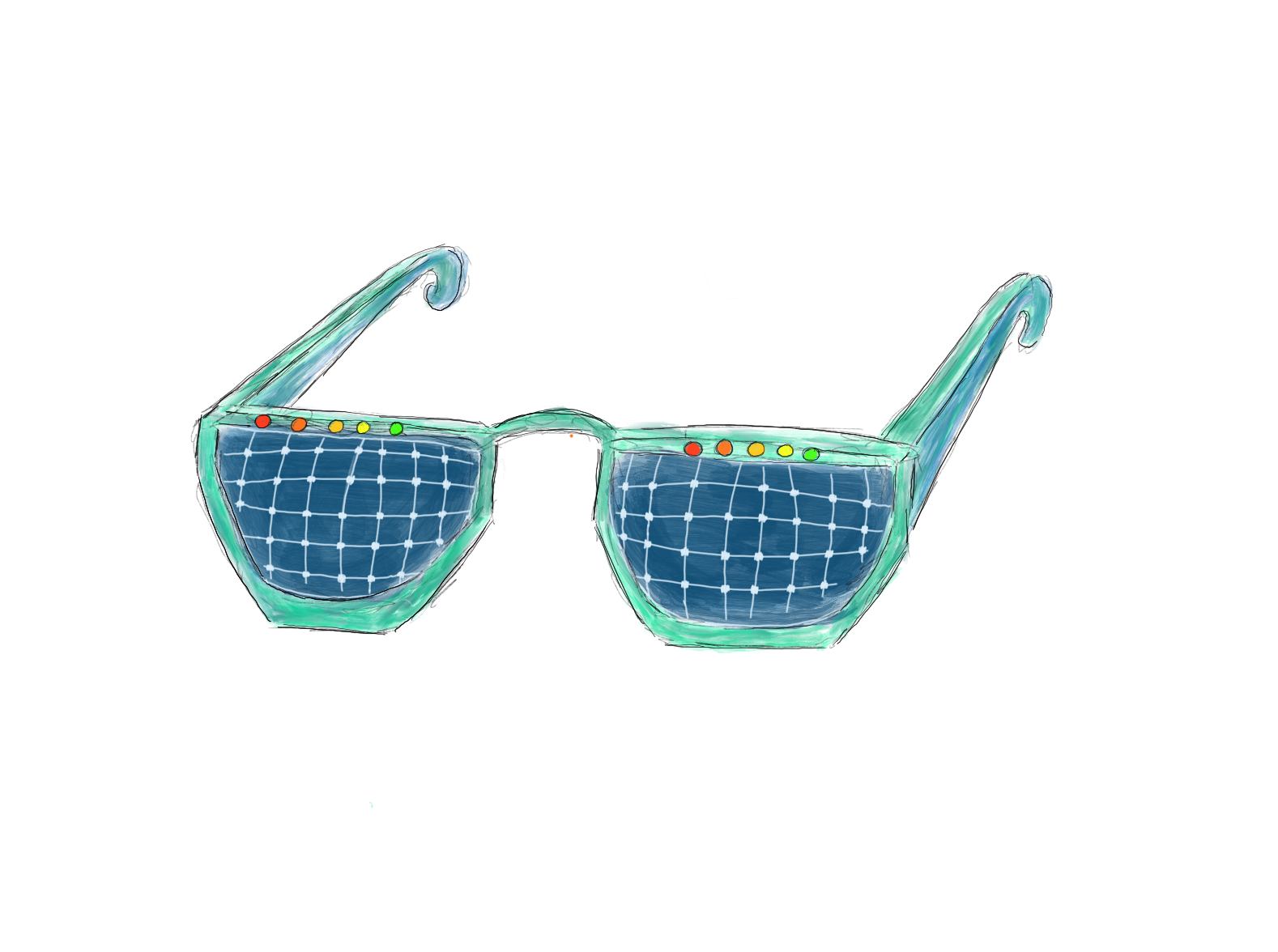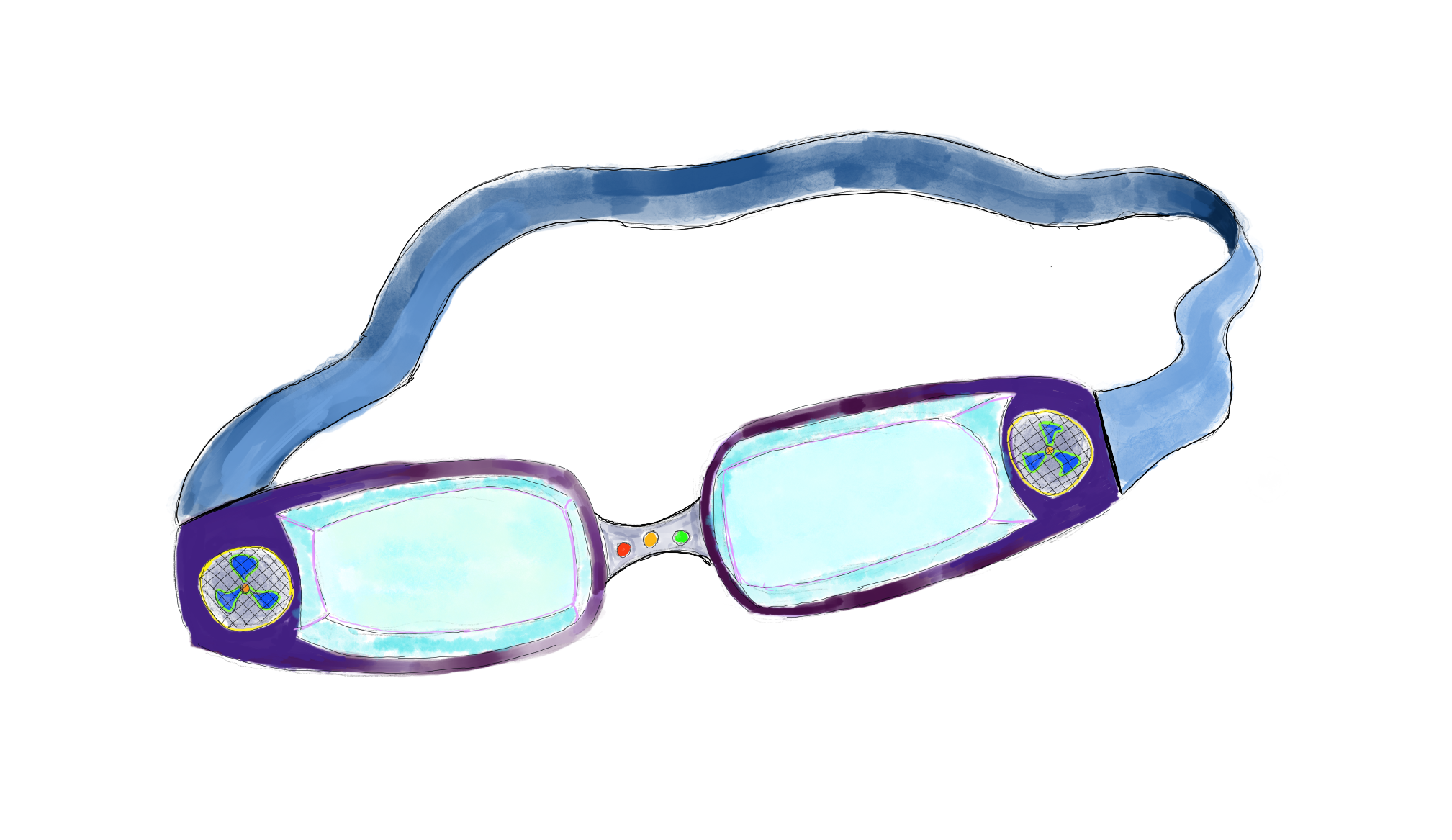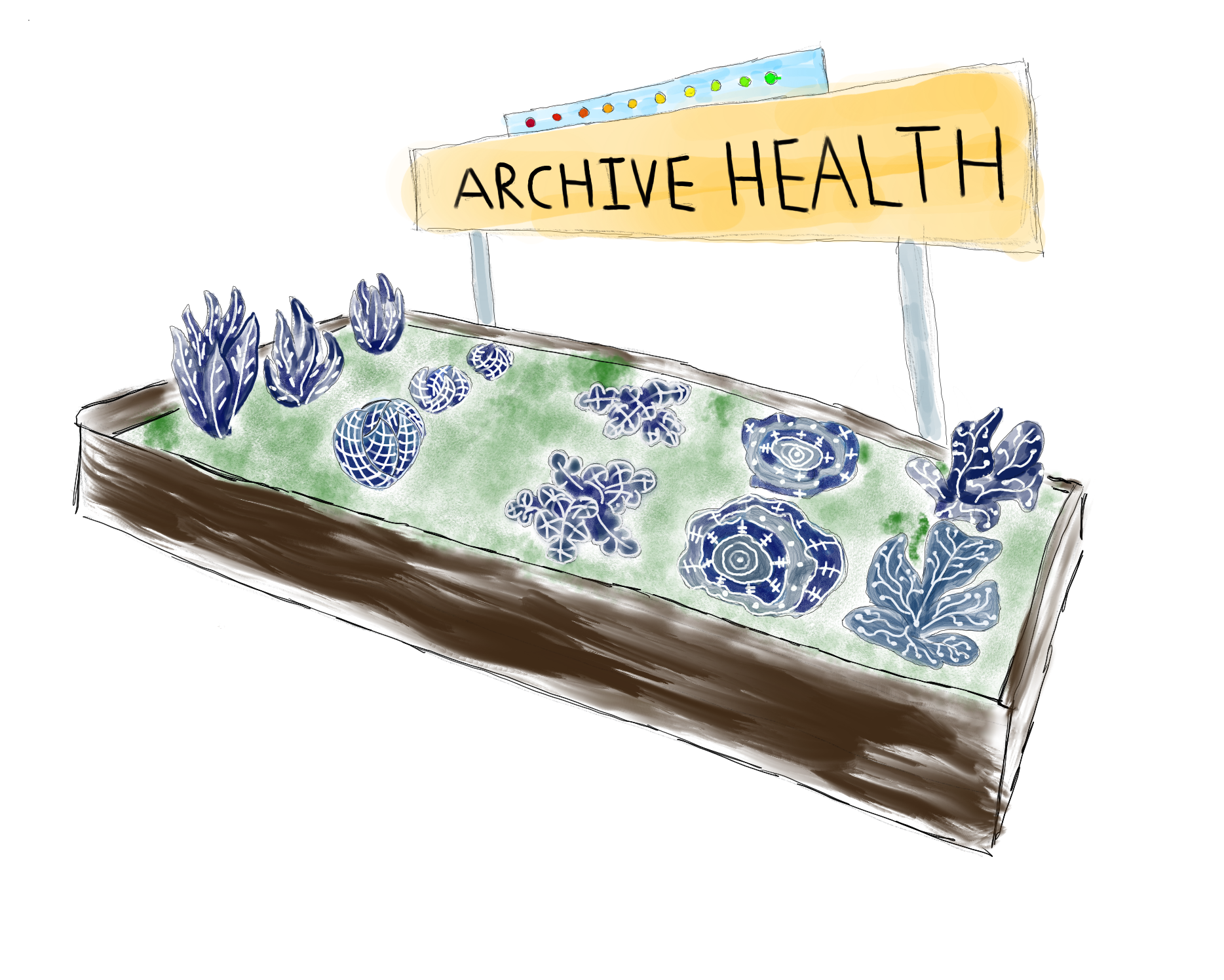Data Diaspora - The Carbon Footprint of our Digital Lives
Our research project revolved around the nexus of art, technology and environmentalism. We were inspired by computational artworks that not only bring attention to a social issue, but have a tangible effect on their subject, like Julian Oliver’s work “Harvest”. Of particular interest was Ecovention, a term coined in 1999 by Sue Spaid & Amy Lipton, defined as “an artist-initiated project that employs an inventive strategy to physically transform a local ecology”.
Our aim was to bring to light the physical impacts of our digital footprints - from social media to cloud computing, through a case study on Facebook. Our questions: Can we make visible the carbon footprint of our digital lives? What are the resources required to power The Cloud and our personal archives? As our lives become increasingly digital, how do we tackle the mounting issue of the resources required to support this acceleration? We approached our research through the lens of Feminist TechnoScience, with Materialism in mind, allowing us to analyse, critique and hypothetically improve the existing structures surrounding our digital lives. We decided to hone in on Facebook because of its massive and exponentially growing user base. Much of Facebook’s appeal relies on its user’s ability to access data from anywhere in its archive at any time, which means that, as stated by Mel Hogan:
“The size and location of these data centres are directly correlated to our digital demands…doubling globally every eighteen months (Walton 2012) — require a lot of energy from servers (Teicher 2012).”
The language around computational functions creates ethereal, almost invisible imagery, however there are physical manifestations of our “love affair with technology” (Maxwell and Miller 2012), and we were focused on discovering where the cloud touched the ground. We researched Facebook’s data centres, mapped their geography, and as a result, our concept of Data Diaspora arose. Data Diaspora is the phenomenon whereby data is flung around the globe, often to the cheapest possible servers, be they under mountains, or on moving trucks. Our central text was Mél Hogan’s piece “Facebook Data Storage Centres as the Archive’s Underbelly”, which diverged from typical critiques of Facebook revolving around issues of privacy and social change, and firmly connected our digital footprints with the environmental costs through the lens of Archival Theory:
“It also serves to demystify the materialities of the Internet as informed by emergent archival theory and as necessarily interlocked with environmental concerns—two fields of research that for now remain neglectfully separate.”
With Ecovention in mind, we created speculative prototype devices that attempt to bridge the gap between an individual’s archive and the collective environmental responsibility we bear. With the idea of encouraging tech companies to move towards utilising more green energy, we imagined a scenario in which an individual could harness renewable energy to power their archive and internet usage. We designed solar sunglasses, a wind turbine helmet and hydro electric goggles, made from recycled materials and with a built in meter to analyse the amount of logged energy to be fed back into the grid. Partnering with a renewable energy company like Bulb would provide the infrastructure for effectively replacing the energy required to power online time. In order to bring our project back to the concept of local ecologies, we designed a community solar garden, a more collective approach to powering our archives.
produced by: Freya Berkhout, Danny Keig & Olivia Molitor


































































